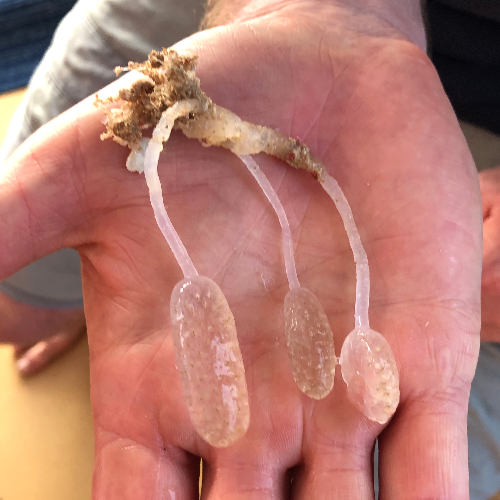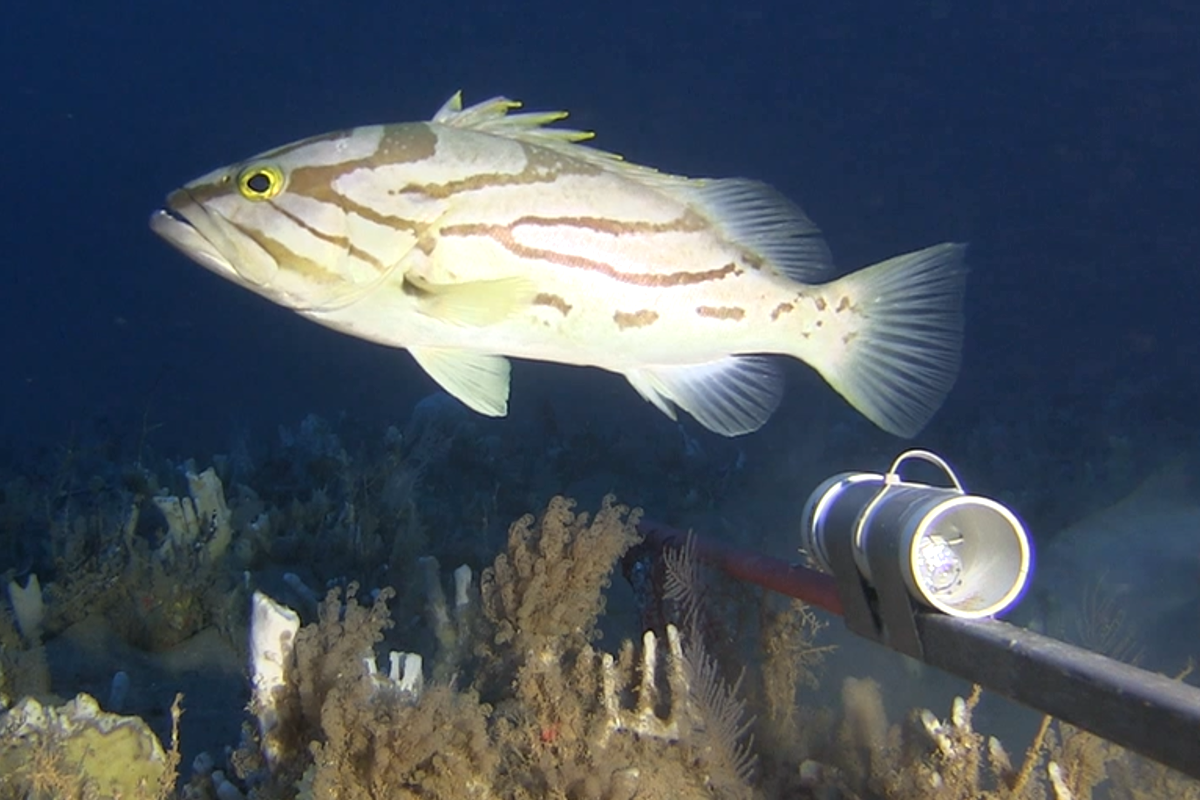September 10, 2019

Marine Biodiversity Hub researchers spent a week in August exploring a hidden city. . . They sent cameras down to deep parts of Ningaloo Reef, revealing gardens of sponges and gorgonian sea fans populated by red emperor, gold band snapper, ornate rock lobster, comet grouper and potato rockcod.
These are the treasures of Ningaloo Marine Park (Commonwealth waters). This offshore park, managed by Parks Australia, adjoins the inshore, state-managed Ningaloo Marine Park.
The two parks run parallel to the coast for some 300 kilometres, from Exmouth, to south of Coral Bay, embracing the natural splendours of Ningaloo Reef.
While a lot is known about inshore areas of Ningaloo reef, this research focused on the deeper reefs of the outer marine park, an area that still holds many mysteries.


Straddling the middle of the park is one of the largest and most accessible National Park (no-take) Zones of the 58 Australian Marine Parks.
The research team, led by Russ Babcock of CSIRO, was there to create maps and conduct a benchmark survey of fish in the park, inside and outside this ‘no take’ zone, as well as up and down the northern part of the reef.
“Because of the accessibility of Commonwealth waters at Ningaloo it is important to establish a baseline against which to assess the management of fish biodiversity in the park,” Dr Babcock said. “This includes ensuring that fish populations remain healthy in the majority of the park which is open to recreational fishing.
“Overall we hope that the survey will provide insights into how fish populations vary in relation to distance to vessel access points.
"A number of sites which have been previously sampled were visited and we also hope to assess whether there are any trends in fish populations over time.
“We have also tried to examine the relationship between fish populations and the benthos (the community of life on the seabed), such as the sponge gardens.”


A team from University of Western Australia led by Tim Langlois deployed baited remote underwater stereo-video (stereo-BRUV) at 133 sites from 55–190 metre depths to record the types and sizes of fishes near the seabed.
“The survey provided us with a unique opportunity to benchmark the habitats and fish populations within Ningaloo Marine Park, in Commonwealth waters, as little research has previously been done at these depths,” Dr Langlois said.
“Ningaloo Reef is a highly popular eco-tourism destination that provides great social value.
“It was a privilege to witness such stunning biodiversity, and it's important that we share these findings to highlight the importance of establishing protected zones that provide us with a window into our diverse marine life.”
The team was out on the water in peak humpback season. In the central National Park Zone, they saw large numbers of humpback whales displaying frequent tail slapping and breaching behaviours.
“This contrasted with the typical transiting behaviours we see across the rest of the Ningaloo Marine Park, with whales migrating north and south, and suggested there could be other special features of the National Park Zone we are yet to discover,” Dr Langlois said.
Dr Babcock says the research team is also consolidating historical and more recent survey data to produce the first continuous detailed seafloor habitat map of the area.
The work is part of a series of surveys of Australian Marine Parks being conducted by the Hub to extend knowledge of their biodiversity values.
Results of the survey will contribute to better understanding the Ningaloo Marine Park (Commonwealth waters), and help to guide its management by Parks Australia.
Related information
The University of Western Australia media release: Rare pictures uncover diverse marine life at Ningaloo Reef

- Log in to post comments
